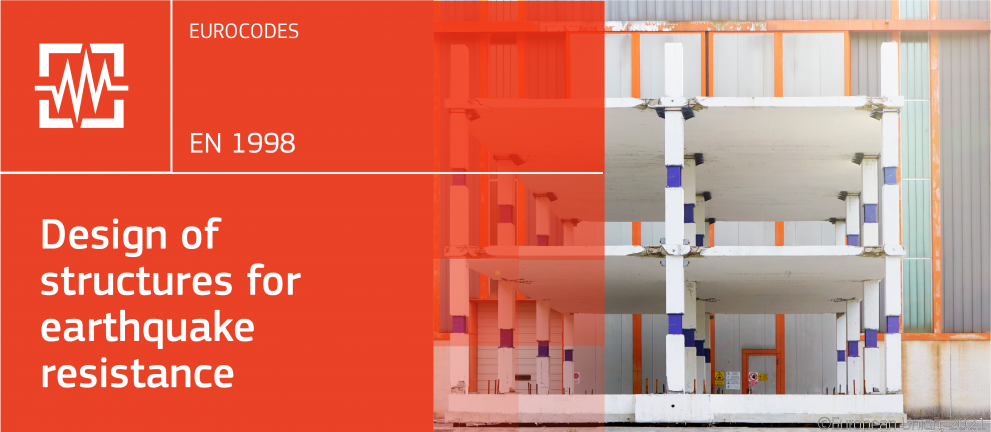

EN 1998 Eurocode 8 applies to the design and construction of buildings and other civil engineering works in seismic regions. Its purpose is to ensure that in the event of earthquakes
- human lives are protected;
- damage is limited;
- structures important for civil protection remain operational.
Parts
| EN 1998-1:2004 | Eurocode 8: Design of structures for earthquake resistance – Part 1: General rules, seismic actions and rules for buildings |
| EN 1998-2:2005 | Eurocode 8: Design of structures for earthquake resistance – Part 2: Bridges |
| EN 1998-3:2005 | Eurocode 8: Design of structures for earthquake resistance – Part 3: Assessment and retrofitting of buildings |
| EN 1998-4:2006 | Eurocode 8: Design of structures for earthquake resistance – Part 4: Silos, tanks and pipelines |
| EN 1998-5:2004 | Eurocode 8: Design of structures for earthquake resistance – Part 5: Foundations, retaining structures and geotechnical aspects |
| EN 1998-6:2005 | Eurocode 8: Design of structures for earthquake resistance – Part 6: Towers, masts and chimneys |
The random nature of the seismic events and the limited resources available to counter their effects are such as to make the attainment of these goals only partially possible and only measurable in probabilistic terms. The extent of the protection that can be provided to different categories of buildings, which is only measurable in probabilistic terms, is a matter of optimal allocation of resources and is therefore expected to vary from country to country, depending on the relative importance of the seismic risk with respect to risks of other origin and on the global economic resources.
Special structures, such as nuclear power plants, offshore structures and large dams, are beyond the scope of EN 1998. EN 1998 contains only those provisions that, in addition to the provisions of the other relevant EN Eurocodes, must be observed for the design of structures in seismic regions. It complements in this respect the other EN Eurocodes.
